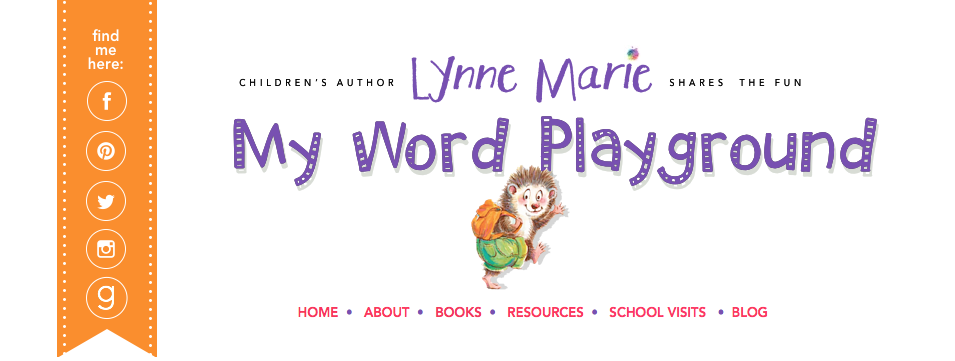As an illustrator my job is to tell a story within a story.
When I get a manuscript from a publisher to illustrate, it generally comes
without any art notes or comments on what to create. In the case of my new
picture book, “The Story Circle,” by Diane Gonzales Bertrand, the text was less
than 100 words long. I had to create a lot of the story via the images. No
matter how long the text is, an illustrator’s job is to add story to the
author’s contribution. Some authors always add a family pet, others incorporate
a favorite animals or a personal symbol into each image. Some other artists
create a side story through their art. Of course all these embellishments have
to stay true to the author’s vision as well.
Try to be an illustrator today and draw something to extend
the story. You can draw an animal, a person or an alien. Maybe your main
character is a toaster. Go wild. Tell the story behind this prompt with your
art.
::Last week, all the cows went on strike.::
Have fun, and don’t worry about starting with stick figures.
It’s how I begin all my art, in swirls and scribbles and lines that look like a
huge mess!
“The Story Circle” is a tale of what the children do to
replace their classroom’s books after a big flood destroys their school. With
the wisdom and encouragement of their teacher, each child creates their own
story prompt, and illustrates it. They create new books to fill their empty
bookshelf.
Co-Founder of #kidlitart Thursday night chats and the #PBDummyChallenge on Twitter.
See more of her art and find out more about her at wendymartinillustration.com
Find the book on
Publisher’s website: https://artepublicopress.com/product/the-story-circle-el-circulo-de-cuentos/






































